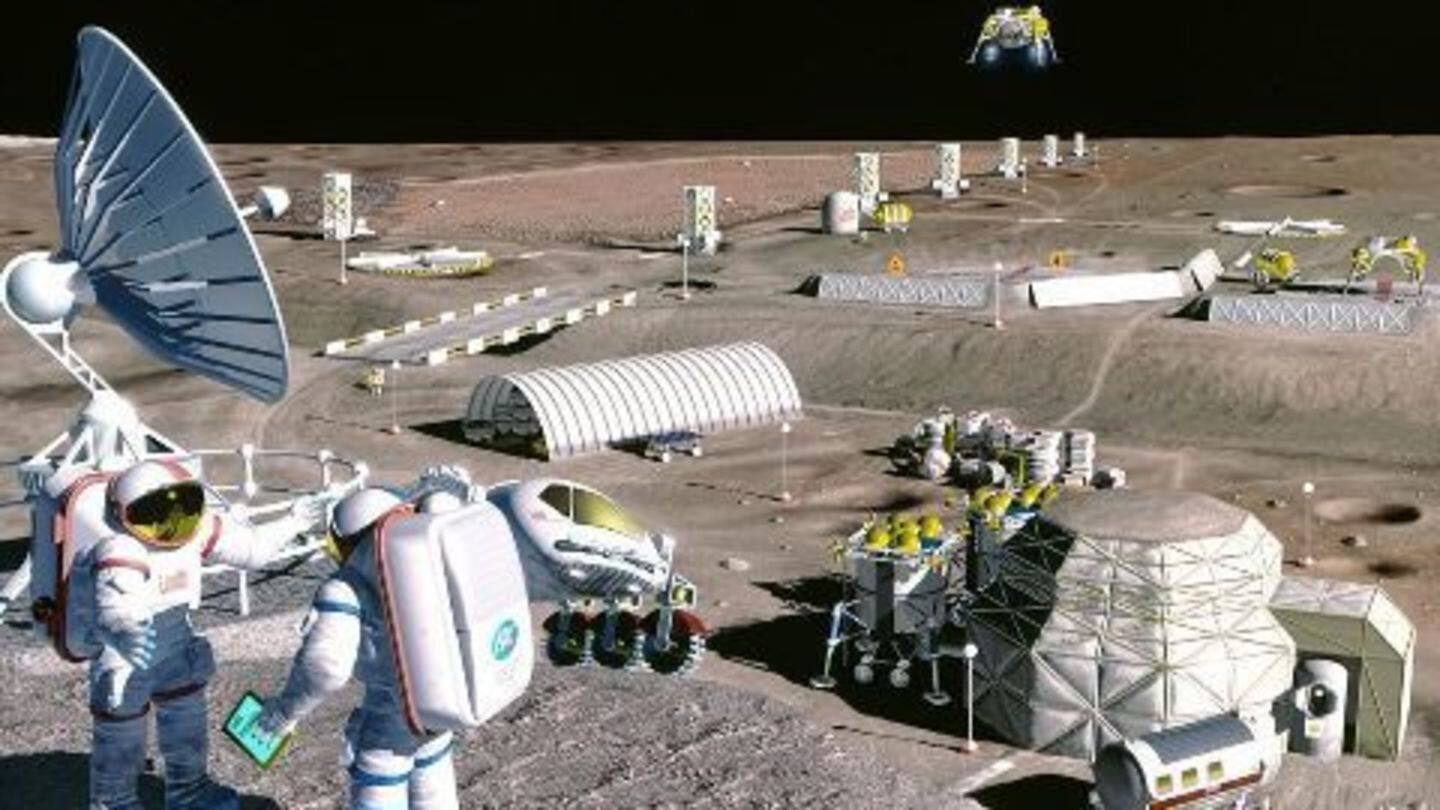
Mars isolation experiment gets underway
What's the story
The Hawaii Space Exploration Analog and Simulation (HI-SEAS) will now see six people from different nationalities shut themselves inside a dome for a year in an isolated area in Hawaii.
This mock Mars mission will observe interpersonal problems which might arise in long-duration space missions.
Participants will have limited internet access, small quarters, canned food and can only go outside in a space suit.
Step1
Manned mission to Mars not a pipe dream
A study suggests that landing astronauts on Mars by 2030s may be quite feasible, provided NASA adopts a stepwise approach.
The first step would involve establishing a base on Phobos, one of Mars' moons, in 2033, where a four-man team would remain for 300 days, following which they would come back to Earth awaiting phase two.
It would demonstrate a return journey from Mars.
Step2
Man could be on Mars by 2039
After phase one in 2033, NASA would send a 23-ton lander to Mars orbit where it would await the astronauts' arrival.
The lander would have a habitat with life support for a few days and a Mars Ascent Vehicle which would allow astronauts to get off Mars and back to Earth.
The mission's success would pave the way for longer manned missions to Mars.
Do you know?
Less than 50% of Mars missions successful
As of September 2014, only 18 out of 40 Mars missions including orbiters, rovers, and landers (excluding flybys) have been successful.
Technology
Exotic future tech not required for Mars landing
NASA's plan to land astronauts on Mars through Phobos, can be achieved through technology already under development, like the Space Launch System (SLS) megarockets, and the Orion crew capsule, says Firouz Naderi, one of the planners.
The Orion spacecraft and the SLS megarocket are scheduled for their maiden flights in 2018, and to launch crews for the first time in 2021.
Costs
Proposed mission to Mars within annual NASA budget
Hoppy Price, one of the people who conceptualized NASA's manned mission to Mars, said that "it wouldn't take a trillion dollars".
According to projections, the entire plan of the Phobos landing in 2033, the Mars landing and stay in 2039, and a long stay in 2043, wouldn't exceed NASA's annual budget, provided the budget is increased every year to allow for inflation.
HI-SEAS
NASA simulating Mars Mission scenarios
A manned mission to Mars would take one to three years, and in such long periods of isolation, human conflicts are bound to break out.
The $1.2 million Hawaii Space Exploration Analog and Simulation (HI-SEAS) programme will explore how such scenarios play out.
Under HI-SEAS, experiments involving cooking on Mars and a four-month and another eight-month co-habitation mission have already been held.